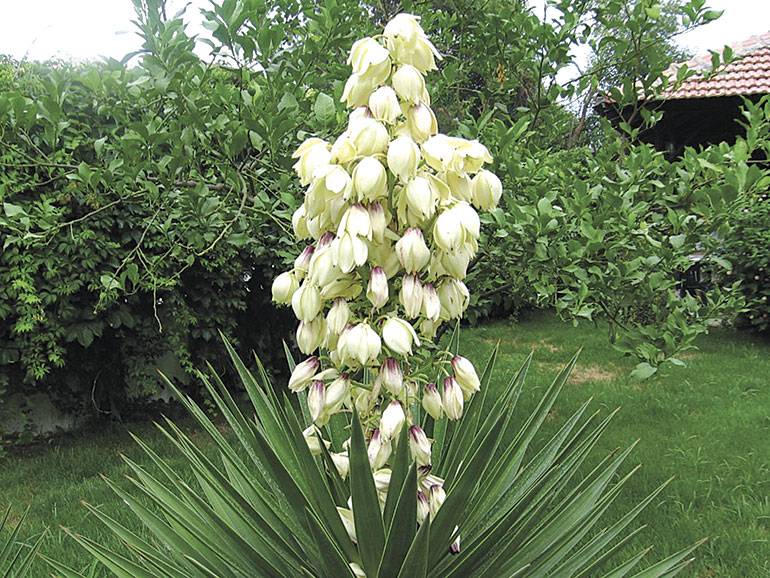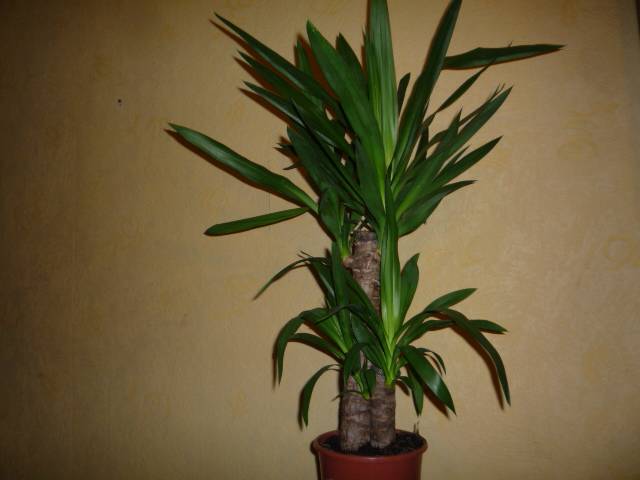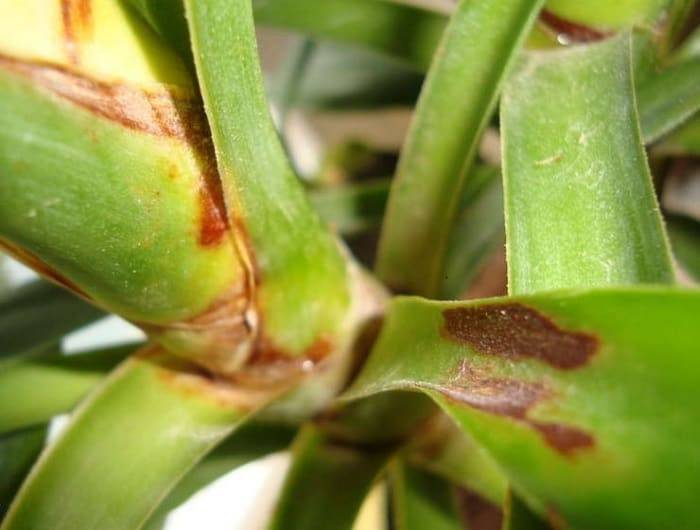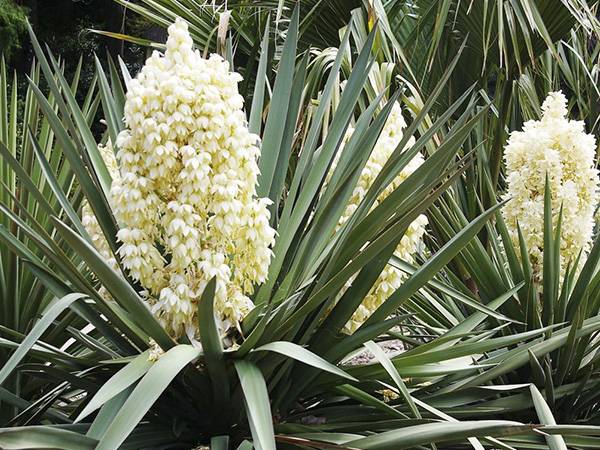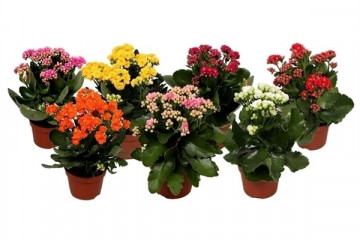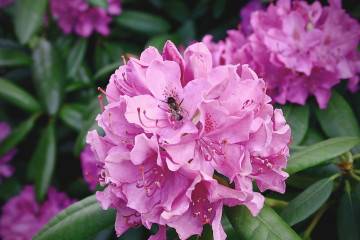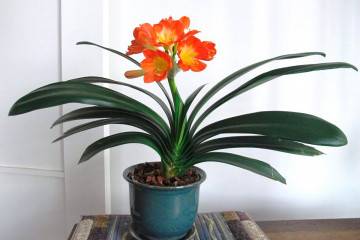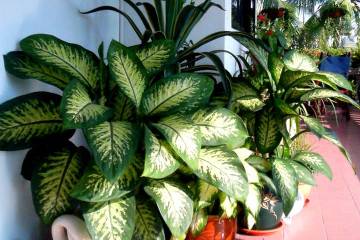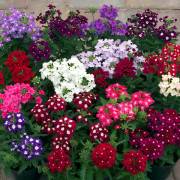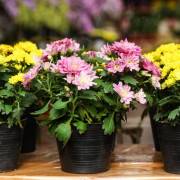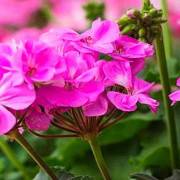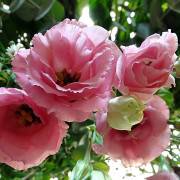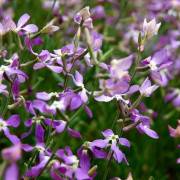Why yucca does not bloom - possible reasons
Content:
Yucca is an ornamental flowering shrub that is rightfully classified as an exotic plant. The bushes are planted in flower beds and flower beds, therefore, the decorative appearance of the flower arrangement depends on the timely flowering. Growing a flower at home is common.
When and how yucca blooms
Not all varieties and species of yucca are able to adapt to mid-latitude conditions. But those that have taken root in more severe conditions have a great variety. The most popular and well-known among them are the following varieties:
- aloe - the most common species in the Middle Lane, has long leaves with thorns at the ends;
- beak-shaped is characterized by variegated foliage with a jagged edging, blooms with white buds;
- short-leaved. Leaves are short, triangular in shape, flowers are light yellow;
- radiant has thin xiphoid leaves and creamy flowers.
What factors affect the flowering of yucca
There can be many reasons why yucca does not bloom, all of them are directly related to improper care. The main factors affecting the inability of yucca to bloom:
- waterlogging of the soil;
- diseases;
- damage by pests;
- improperly selected growing area;
- violations when planting a seedling in the ground;
- hypothermia of the root system;
- lack of nutrients in the soil, dosing error or incorrectly selected fertilizers;
- mechanical damage to the underground and aboveground parts of the shrub during loosening or pruning;
- lack of preparation of the bush for the winter;
- annual transplants or their complete absence;
- lack of lighting.
If all these reasons are in no way related to the bush, and the appearance of the yucca has a healthy appearance, it is possible that the bush is still young and is not physiologically capable of blooming. The buds can be set only for 4-6 years from the date of planting.
Air humidity
Humidity readings are especially important if yucca is grown indoors. With the beginning of the heating seasons, the air becomes sharply dry, which makes the condition of the plant worsens: normal development stops, leaf plates begin to dry out. The delicate flowers of the bush are especially affected, which begin to crumble, and new buds cannot be tied due to the weakened state of the plant.
Temperature regime
Low temperature leads to hypothermia of the soil, the root system begins to die off. During the active growth period, the temperature should not drop below 6 ° C. The optimum growing temperature is considered to be 18-15 ° C.
Watering
Too abundant improper watering provokes rotting of the stems. They begin to die off, the plant cannot develop normally. Watering with poor-quality water can aggravate the situation. It is not recommended to use cold hard tap water, otherwise the bush will not bloom.
Diseases and pests as the reasons for the lack of flowers
Yucca often gets sick with fungal diseases:
- cercosporosis - an infectious fungus that appears due to stagnant water in the soil;
- brown spot affects the lower parts of the bush, expressed in the form of brown spots;
- marginal leaf necrosis affects the leaf plates with grayish-brown spots;
- Fusarium is a dangerous fungal disease that is practically not amenable to treatment.
Yucca most often suffers from a spider mite, which is located on its leaf plates. Insects feed on juicy, fleshy leaves and suck the juice from the stems. A spider mite can be recognized with the naked eye, despite the fact that insects have a very small body size. Ticks cover the surface of the aerial part of the bush with thin cobwebs.
How to stimulate flowering and what to do for this
After the reason was found why the yucca does not bloom, what to do in this case is another problem. In fact, it is not difficult to solve it. First of all, before planting a flower, you need to find the right place for growing. If the flower will grow in the garden, you need to plant it along with shorter bushes. Yucca loves light, and with a lack of it, it will begin to stretch and stop blooming.
When growing shrubs indoors, you need to place the pot on the south and west sides of the house. In winter, the yucca must rest, so it is moved to a shaded area.
Top dressing also needs to be carried out in a timely manner - twice a month. It is worth avoiding nitrogen-containing fertilizers during flowering, potash, on the contrary, increase.
For timely flowering, it is important to avoid stagnation of moisture in the soil. Therefore, it is worth taking care of drainage in advance, since the soil must constantly remain moist, but at the same time loose. When planting in a substrate, add drainage material. They can serve as small pebbles, powdered expanded clay or brick chips. Each watering should be accompanied by subsequent loosening of the soil.
The ornamental yucca shrub, the flowering of which is a very long-awaited and beautiful phenomenon, requires special care. Despite the fact that there are certain rules in its cultivation, the flower does not cause much trouble. The main thing is that all care measures are carried out properly, then the yucca will delight the eye with its abundant and colorful flowering for a long time.
